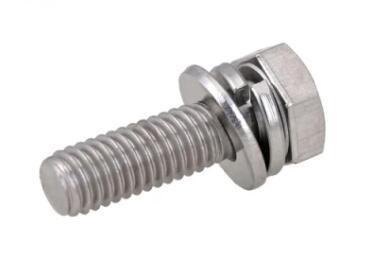What is the primary purpose of a bolt
2023-10-31
The primary purpose of a bolt is to provide a secure and removable connection between two or more components or objects. Bolts are used to hold these components together, ensuring that they stay in place and maintain the desired alignment and stability.
Here are some key aspects of the primary purpose of a bolt:
1. Clamping Force: Bolts are tightened to create clamping force, which presses the connected components together. This force prevents relative movement or separation.
2. Joining and Fastening: Bolts are used to join different parts of a structure, machine, or assembly. They create a mechanical link between components, allowing them to function as a single unit.
3. Adjustability: Bolts provide a degree of adjustability because they can be easily tightened or loosened. This adjustability is valuable for fine-tuning the alignment of components during assembly or for maintenance purposes.
4. Removability: Bolts can be easily removed, making them suitable for applications where disassembly, maintenance, or repair is required.
5. Versatility: Bolts are versatile fasteners, used in a wide range of industries and applications, from construction and automotive to aerospace and manufacturing.
6. Strength and Reliability: Bolts are designed to provide a reliable and strong connection, ensuring that the connected components remain in place even under load or stress.
In summary, the primary purpose of a bolt is to create a secure, adjustable, and removable connection between components, enabling them to function together as intended and providing stability and reliability in various applications.



